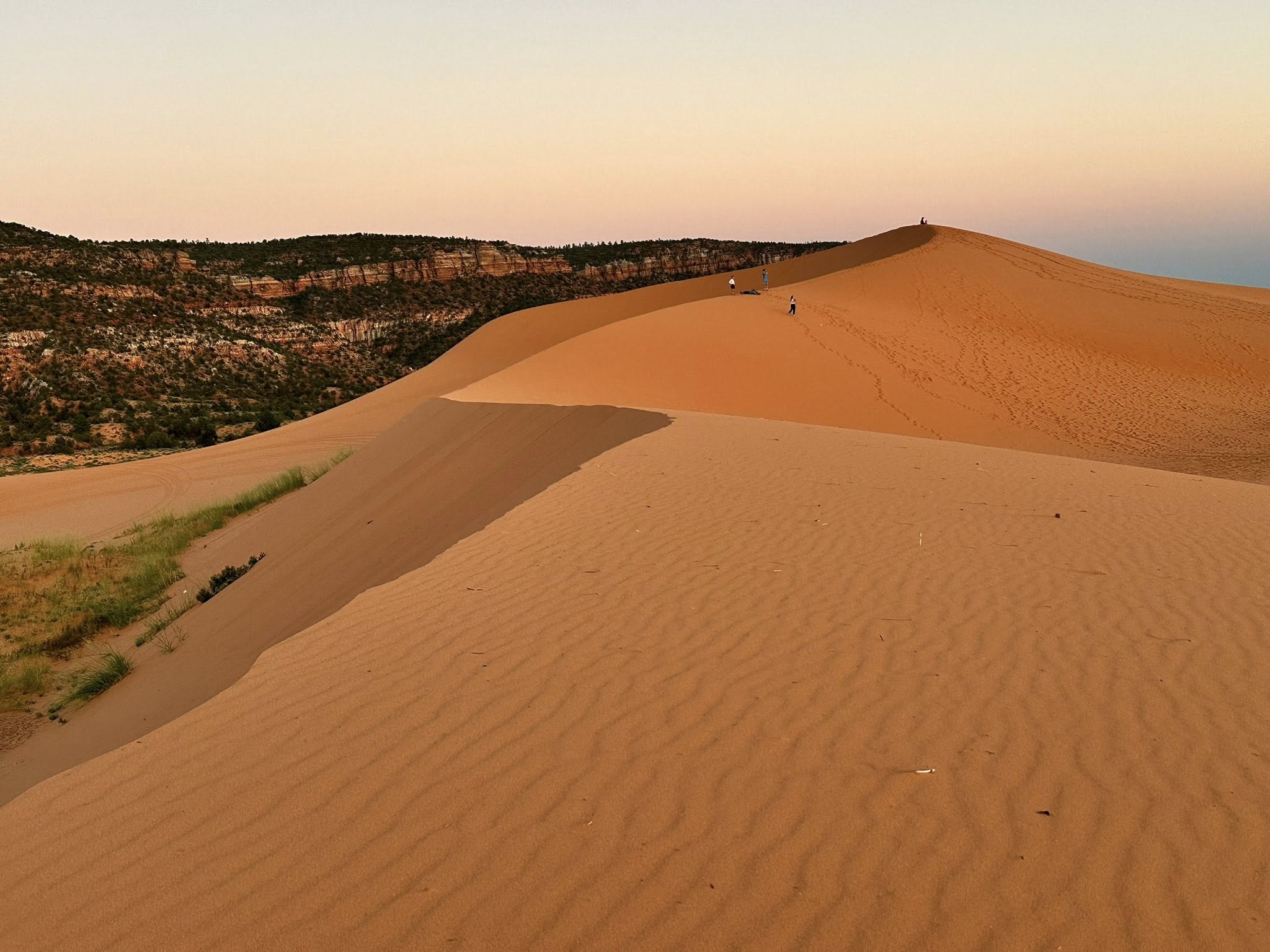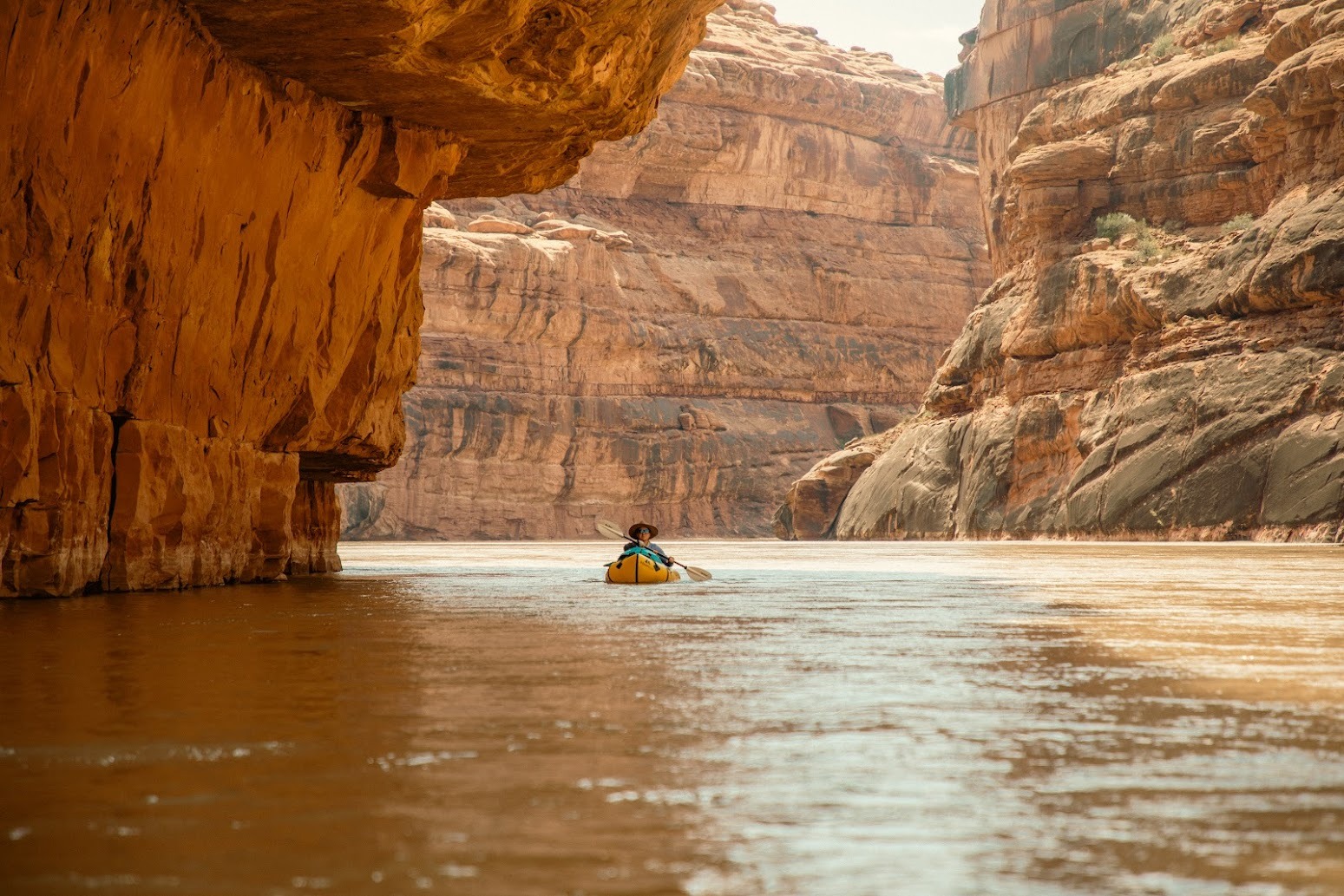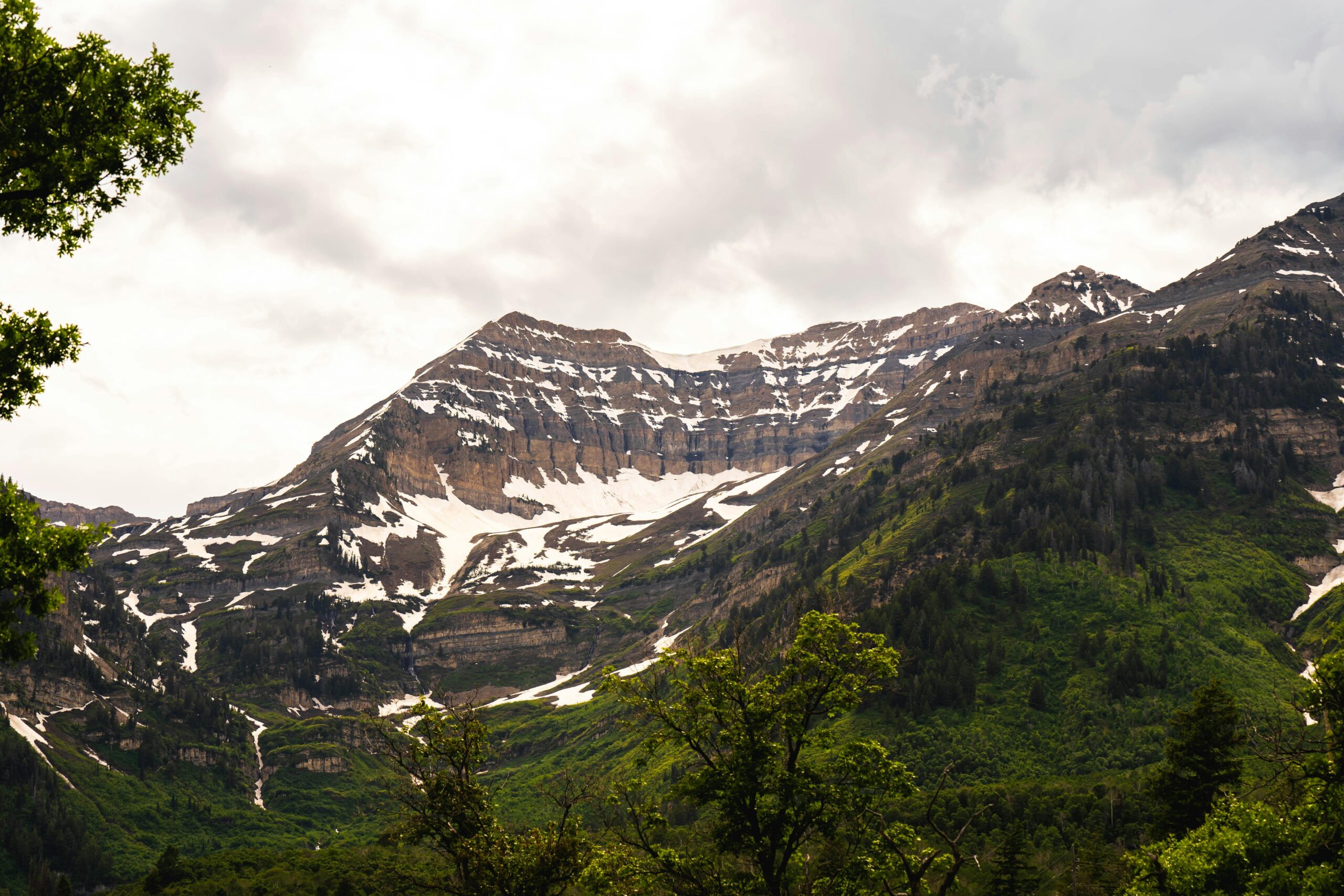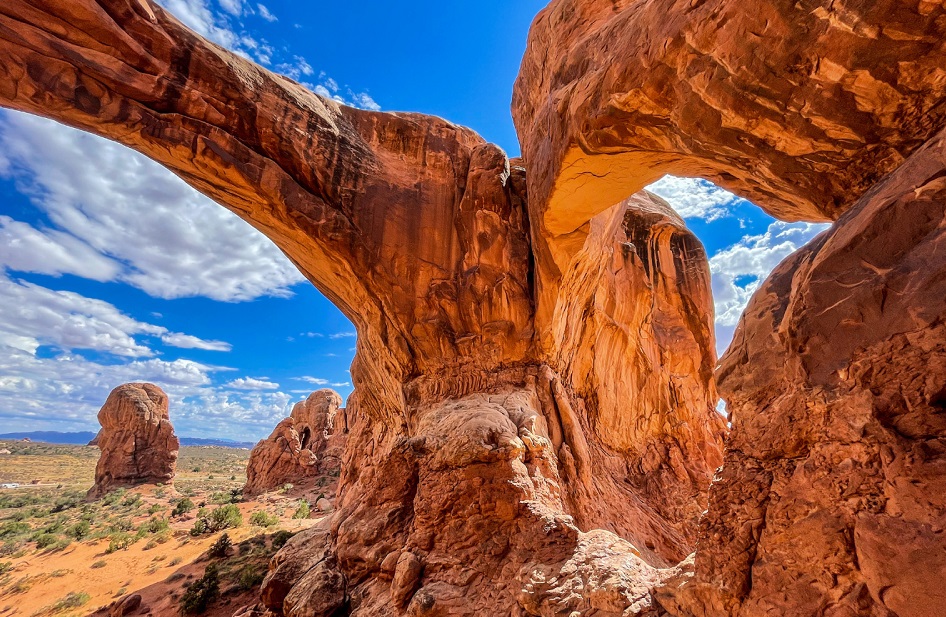
- April 7, 2025
- Traveller
- 0
About 1,000 years ago, southeast Utah was home to ancient Pueblo peoples, known as Ancestral Puebloans (or Anasazi), who built cliff dwellings and towers throughout the Four Corners area. It’s hard to find a canyon country guidebook or brochure that doesn’t feature at least one image of a Kokopelli flute player or a spiral sun. But even though the southwest U.S. is teeming with the ruins and rock art of these ancient people, many rock art panels are in remote locations, and getting to them requires advanced hiking and route-finding skills.
These four sites, however, require little more than stepping out of your vehicle and walking a few feet—although you’ll certainly want to take your time lingering over them and pondering the significance of these ancient sketches. Sadly, many rock art sites have been destroyed or degraded due to vandalism. As you visit these fascinating panels of ancient artwork, please keep in mind that they are sacred to many Native American people, and they cannot be replaced.
Newspaper Rock
You won’t find an impressive rock art display that’s easier to get to than this one—just step out of your car and look over the fence at one of the largest panels of ancient petroglyphs in the Southwest. Across the road from Indian Creek, hundreds of ancient pictures are carved into a 200-square-foot rock face. The drawings include human and animal figures, as well as more abstract forms and symbols. Although the Navajo term for the rock (Tse’ Hone) translates to “rock that tells a story,” it’s uncertain exactly what that story is or why such a large concentration of petroglyphs exists in this particular location. The panel includes art that can be traced to both prehistoric and historic cultures, from the ancient Puebloan people who lived in the area until 1540 A.D. to the Ute people who still inhabit the Four Corners area. Newspaper Rock is designated a State Historical Monument. Entry is free, and there is an ample parking area that you’ll usually find empty.
Directions: 40 miles south of Moab on Hwy 191; turn right on UT-211 for 12 miles.
Sego Canyon
If you’re a rock art buff, Sego Canyon is the mother lode. This site, which is on the National Register of Historic Places, contains three styles of rock art that represent three different cultures and time periods. The Barrier Canyon Style rock art is attributed to the Archaic people—nomads who hunted game animals, collected wild plants, and lived in caves and small shelters. Barrier Canyon rock art is known for the large ghost-like anthropomorphic figures that are often missing arms and legs. The Fremont Indian culture lived in the area at the same time as the Anasazi, and their rock art often portrays figures with trapezoids for heads. The Ute Indians lived in Colorado and Utah until about 1880, and their art is identified by horse and rider figures, as well as bison and large circles that likely represent shields. Believe it or not, the first time I visited this site I completely overlooked one panel, and it happened to be the most impressive one. So be sure not to miss any of the panels, and note that there are additional sites across the road from the parking area.
Directions: Exit #187 on I-70; continue for about 5 miles on UT-94 and BLM159.
Potash Road Rock Art
Just a short drive from Moab are a couple of rock art sites where you can see prehistoric petroglyphs on the sandstone walls along Potash Road. After turning onto Potash Road from Hwy 191, drive about 5 miles and look for an interpretive sign that says “Indian Writing.” Park in one of the pullouts on the left side (the river side) and walk across the road to see a rock art panel about 25-30 feet high on the wall. Archaeologists believe the petroglyphs were made by the Fremont Indians, who lived in the area between 600 A.D. and 1300 A.D. This is a perfect stop on your way to the Corona Arch trailhead, which is about 5 miles farther down Potash Road. The sandstone wall along the narrow Potash Road is one of the most popular climbing areas in Moab, so drive carefully and watch for climbers and their equipment.
Sand Island Petroglyph Panel
If you’re headed to or from Moab through Monument Valley, Sand Island is an easy stop just outside the town of Bluff. The petroglyph panel stretches for about 100 yards and includes rock art that spans nearly the entire period that humans have inhabited the Four Corners region—from the early Basketmaker period through modern times (including graffiti, unfortunately). Among the carvings you’ll see are human figures, animals, and geometric patterns. Sand Island Recreation Area is managed by the Bureau of Land Management and is the jumping-off point for commercial and private raft trips on the San Juan River. It’s open year-round and has a campground with 25 sites. Once you enter the recreation area, a sign indicates the turn that leads to the petroglyph panel site. You’ll need to walk up a short hill to the protective fence, which now keeps visitors away from the rock wall, due to vandalism.
Directions: Off Hwy 191, four miles west of Bluff, Utah.
Where can you see rock art near Moab without a long hike?
The Potash Road Petroglyphs are visible right from the roadside near Moab.
What makes the Newspaper Rock site special?
It features hundreds of well-preserved petroglyphs and is just steps from the parking area.
Is there an easy rock art site in Capitol Reef National Park?
Yes, the Fremont Petroglyph Panel is located just off the main scenic drive.
Can you find accessible rock art in Nine Mile Canyon?
Nine Mile Canyon is known as the “world’s longest art gallery,” with petroglyphs visible from the road.
What’s a quick stop for rock art near Bluff, Utah?
The Sand Island Petroglyphs are right by a parking lot and showcase a wide range of styles.









